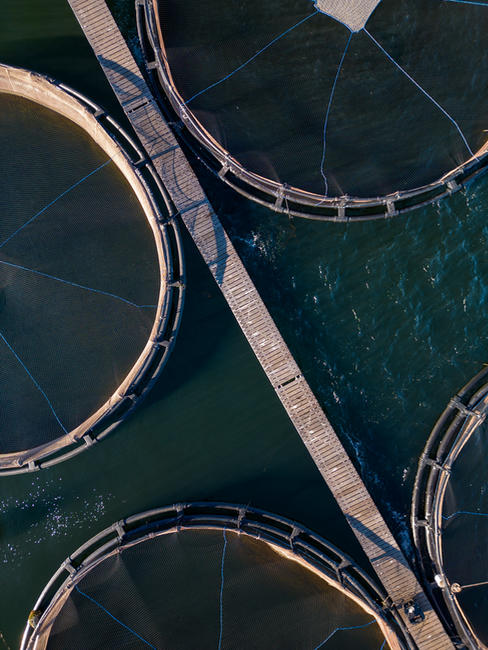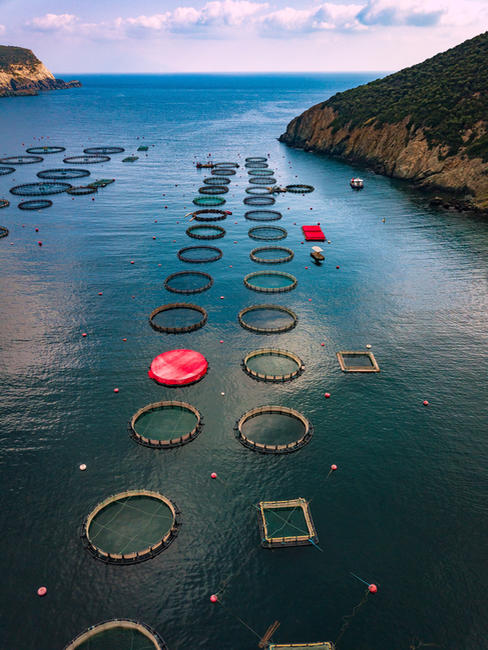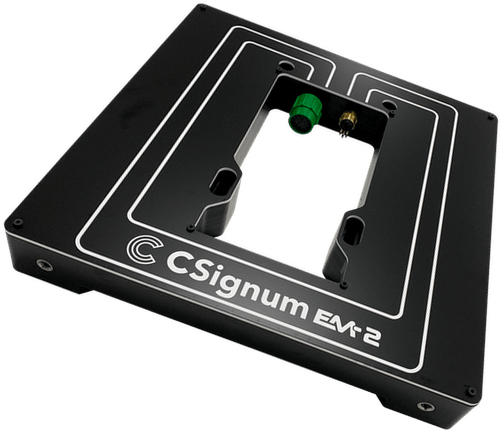Aquaculture
Your Challenge:
Underwater fish farms are shallow water environments that experience adverse conditions. Turbid and choppy water occurs near the water’s surface and in the nets that hold each stage of a fish’s development. With little advanced technology to monitor this constantly changing environment, farmers are at risk of losing valuable income because they don’t have enough information at their fingertips.
This high potential for negative conditions to go undetected means stock health is often adversely affected. A farmer with half a dozen nets of fish at different stages of development can potentially lose significant revenue if any net is negatively impacted for any reason. Margins are tight in the industry and with fish food accounting for up to 80% of a farmer’s costs, efficiency is imperative. The nature of this unpredictable environment means that fish farmers often have ad-hoc systems for environmental monitoring. Yet at the same time, there’s an inherent understanding that if they could monitor more of their working environment, they could potentially improve the health of the stock they have.
Technology is not in widespread use at most shallow water fish farms. Instead, they rely on labour-intensive, more traditional means of getting data by going out by boat. Once there, typically, they drop a probe via a wire into the water to take a water sample to measure ocean temperature and dissolved oxygen levels in one or two locations. After returning to shore, the data is manually entered, often into a spreadsheet, and then sent on to head office.


Our Solution:
CSignum’s cable-free solution means fish farms can introduce, and even retrofit our technology, into existing sites without stopping or impacting operations. The EM-1 Modem is easy to deploy. Our transmitters and receivers can be moved around the nets as needed, because they don’t use wires or cables, offering farmers a straightforward way to automate their data collection process across multiple locations. It also enables farmers to collect data more frequently from below the water via a topside relay unit and on to the operator’s central location.
The outcomes of monitoring dissolved oxygen levels, water temperatures, current, and harmful algae concentrations, all at user-specified intervals solves three pain points for fish farmers:
Being able to address all three challenges further optimises operational costs and improves margins, in addition to producing a reliable supply of superior, sustainably farmed product for the public
- The challenge of knowing when the water conditions are ideal for fish to feed
- Avoiding wasting feed either because the fish aren’t hungry at the time feed is provided, or using too much feed at feeding times
- The issue surrounding all nets developing optimally to ensure consistent revenue streams.
Being able to address all three challenges further optimises operational costs and improves margins, in addition to producing a reliable supply of superior, sustainably farmed product for the public
Our technology:
We’ve figured out how to harness the power of low-frequency electromagnetic fields, the ultimate natural method for transmitting data without cables.

